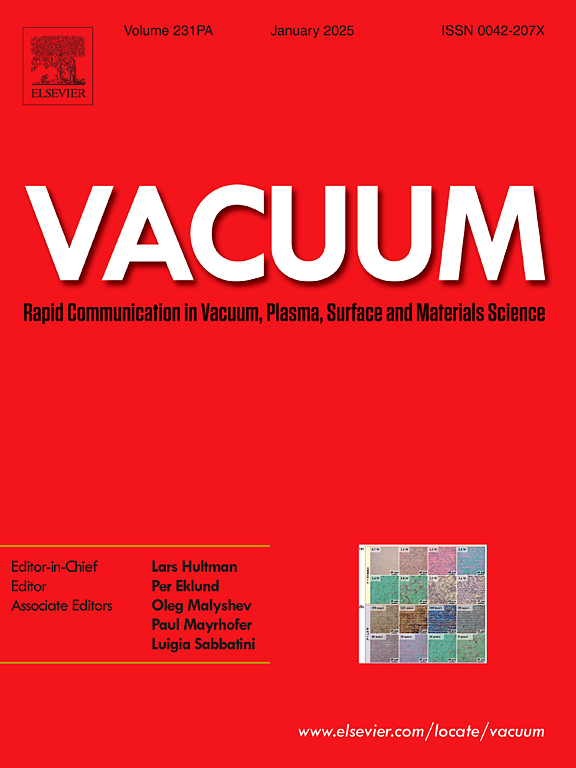Resistivity-temperature behavior of Cu-Ni-Al alloys strengthened by coherent precipitation within a wide composition range
IF 3.8
2区 材料科学
Q2 MATERIALS SCIENCE, MULTIDISCIPLINARY
引用次数: 0
Abstract
The coherent precipitation-strengthened Cu-Ni-Al ternary alloy exhibits high strength, high elasticity, and good electrical conductivity. Clarifying its resistivity-temperature behavior is essential. In this study, the microstructure evolution and the mechanism of resistivity-temperature behavior of Cu-Ni-Al ternary alloys was systematically analyzed. The results indicate that the microstructure of these alloys comprises a γ matrix and a feather-like γ′ coherent precipitation phase. The variable-temperature resistivity of the Cu-Ni-Al ternary alloy is closely associated with the total amount of (Ni + Al) dissolved in the γ phase. Lower (Ni + Al) content reduces electron-electron scattering and phonon-electron scattering, thereby decreasing room-temperature resistivity. During the heating process, with the increase of Cu content, the slope of resistivity change with temperature gradually decreases, accompanied by a reduction in vacancy formation energy, which diminishes the thermal stability of the γ phase.
Cu-Ni-Al合金在宽成分范围内的共格沉淀强化的电阻-温度行为
共格沉淀强化Cu-Ni-Al三元合金具有高强度、高弹性和良好的导电性。澄清其电阻-温度行为是必要的。本研究系统地分析了Cu-Ni-Al三元合金的显微组织演变和电阻-温度行为机理。结果表明,这些合金的显微组织由γ基体和羽状γ′相组成。Cu-Ni-Al三元合金的变温电阻率与γ相中溶解的(Ni + Al)总量密切相关。较低的(Ni + Al)含量降低了电子-电子散射和声子-电子散射,从而降低了室温电阻率。在加热过程中,随着Cu含量的增加,电阻率随温度变化的斜率逐渐减小,伴随着空位形成能的降低,使γ相的热稳定性降低。
本文章由计算机程序翻译,如有差异,请以英文原文为准。
求助全文
约1分钟内获得全文
求助全文
来源期刊

Vacuum
工程技术-材料科学:综合
CiteScore
6.80
自引率
17.50%
发文量
0
审稿时长
34 days
期刊介绍:
Vacuum is an international rapid publications journal with a focus on short communication. All papers are peer-reviewed, with the review process for short communication geared towards very fast turnaround times. The journal also published full research papers, thematic issues and selected papers from leading conferences.
A report in Vacuum should represent a major advance in an area that involves a controlled environment at pressures of one atmosphere or below.
The scope of the journal includes:
1. Vacuum; original developments in vacuum pumping and instrumentation, vacuum measurement, vacuum gas dynamics, gas-surface interactions, surface treatment for UHV applications and low outgassing, vacuum melting, sintering, and vacuum metrology. Technology and solutions for large-scale facilities (e.g., particle accelerators and fusion devices). New instrumentation ( e.g., detectors and electron microscopes).
2. Plasma science; advances in PVD, CVD, plasma-assisted CVD, ion sources, deposition processes and analysis.
3. Surface science; surface engineering, surface chemistry, surface analysis, crystal growth, ion-surface interactions and etching, nanometer-scale processing, surface modification.
4. Materials science; novel functional or structural materials. Metals, ceramics, and polymers. Experiments, simulations, and modelling for understanding structure-property relationships. Thin films and coatings. Nanostructures and ion implantation.
 求助内容:
求助内容: 应助结果提醒方式:
应助结果提醒方式:


